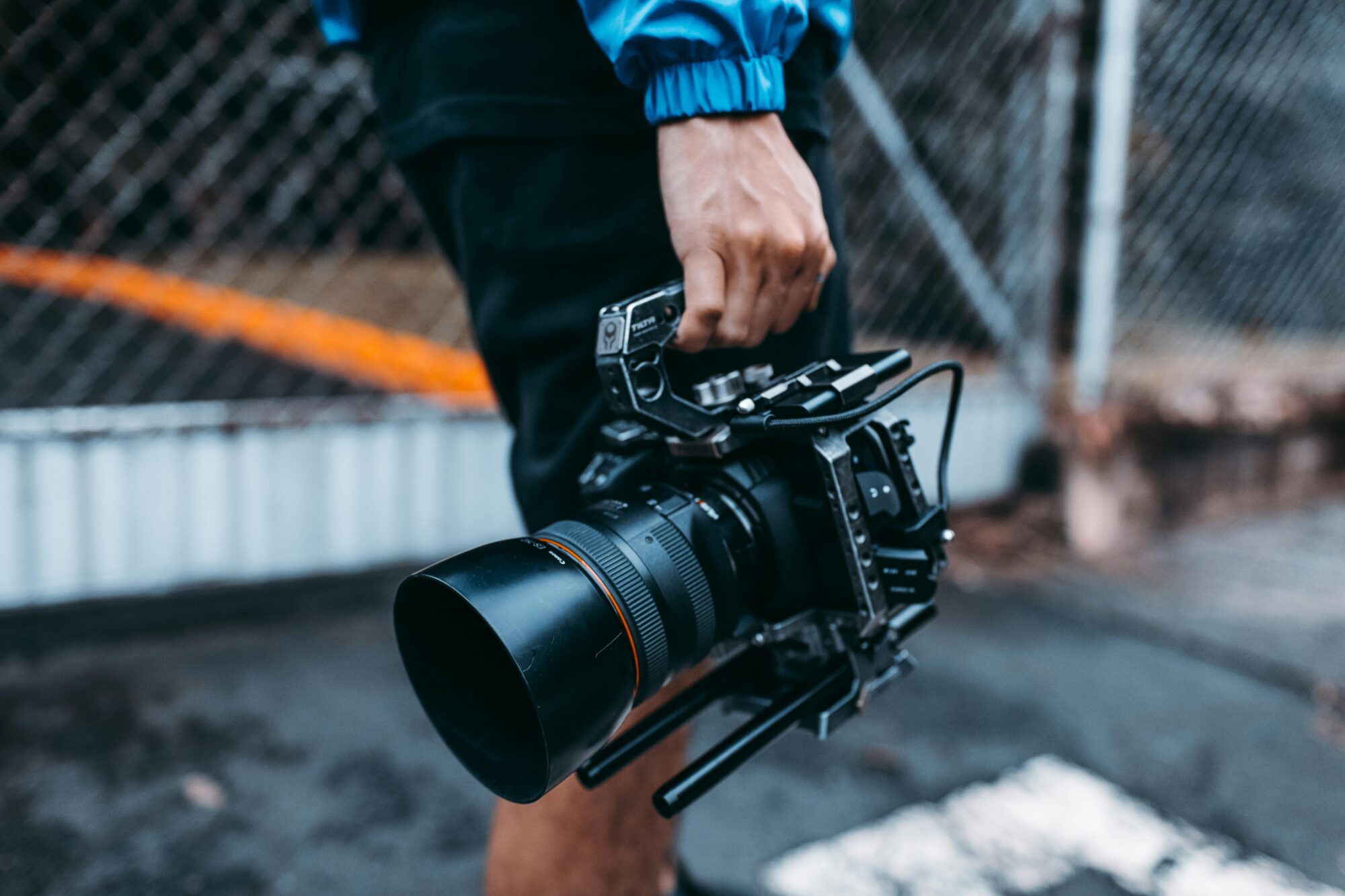In 2004, people thought that Robert Zemeckis had lost his mind. The Academy Award-winning director behind such iconic classics as Back to the Future, Who Framed Roger Rabbit, and Forest Gump had a new film that was entirely created using an innovative blend of animation and digital technologies, called motion capture.
The Polar Express saw Academy Award-winning actor and frequent Zemeckis muse Tom Hanks play multiple roles in service of adapting the seminal source material and working as a proof-of-concept for how this new technology could fundamentally change the way movies are made. Now, over two decades later, many look back on The Polar Express and its formally adjacent follow-ups from the filmmakers (2007’s Beowulf and 2009’s A Christmas Carol) as bewildering oddities.
After all, just a few short years later, Zemeckis returned to the world of routine live-action filmmaking. However, to do so is to ignore just how far ahead of the curve Zemeckis’ efforts were, and how much the film industry has evolved since then to embrace that innovative new form of workflow. You need look no further than Sneaky Big, an Arizona film and video production facility in Phoenix, which has adopted the kinds of trailblazing virtual set technologies that have become increasingly popular in mainstream cinema over the last several years.
Virtual production is redefining the filmmaking process through innovations that reduce costs, expand creative possibilities, and accelerate timelines; all while delivering cinematic-quality results.
Ahead of the Curve
As it turns out, while the technology’s appearance and aesthetic have come a long way since then, Robert Zemeckis’ blockbuster-sized experiment with The Polar Express did lay down the tracks that Hollywood continues to coast along to this day.
The film combined elements of animation as a medium with new technological tools, which had been pioneered by the likes of George Lucas’ Star Wars: The Phantom Menace and Peter Jackson’s The Lord of the Rings films. In many ways, The Polar Express was a logical extension of the work the innovatively minded Zemeckis had done over a decade earlier with Who Framed Roger Rabbit. This film similarly blended traditional media with cutting-edge technology.
While The Polar Express was met with a great deal of commercial and critical resistance upon its release, you don’t have to look far to see the technology taking root in interesting ways. Four years after its release, James Cameron’s Avatar utilized a more advanced version of its motion capture technology and virtual filmmaking pipeline, becoming the highest-grossing film ever.
Technical Innovation in Virtual Sets
Today, virtual sets are used for some of the world’s most popular films and television shows, and many audiences don’t even realize it. Disney and Lucasfilm’s The Mandalorian helped popularize a new form of rear-projection technology, which used large LED screens to project virtual sets behind the actors on-set and capture the result in-camera. Approaches like this or using real-time rendering engines like Unreal Engine power virtual environments, enabling filmmakers to visualize and interact with digital worlds during live shoots.
Cost Efficiency and Production Speed
Virtual sets minimize the need for expensive location shoots, elaborate physical set builds, and extended post-production timelines, making production more agile and affordable. After The Mandalorian’s success, Disney began to utilize this technology across many of its blockbusters, such as Thor: Love and Thunder.
This led to a fundamental redistribution of the utilization of blockbuster-sized budgets, as fewer funds were needed to be allocated to the construction of physical sets. Elsewhere, Sneaky Big’s advanced Unreal Engine setup allows versatile loft spaces to become fully formed worlds and exotic locales in the company’s modular production environment. The Scottsdale video production studio is proving that Arizona is a top player in the film industry.
Creative Freedom and Visual Control
Virtual backdrops allow limitless storytelling possibilities, allowing directors to modify settings instantly, test scenes dynamically, and capture shots that would be impossible in traditional settings. This initially drew Zemeckis to embrace the technology wholeheartedly, as he loved having extensive control over even the most minute and meticulous details.
Suppose you’re shooting on a virtual set. In that case, you don’t have to worry about external conditions such as inclement weather or nearby events: you create the conditions yourself, which affords you greater creative liberties and greater efficiency in your scheduling.
New Technology Takes Audiences Back to the Future
When Robert Zemeckis dove headfirst into motion capture technology and virtual production methods in the early ’00s, the entire industry viewed it with heavy skepticism. Today, his methods have become the norm, with even the most successful blockbusters utilizing similar techniques to those he helped to normalize.
Virtual production makes the filming process easier, more cost-efficient, and more creatively free than ever, so it’s no wonder it has caught on to such a degree.



































